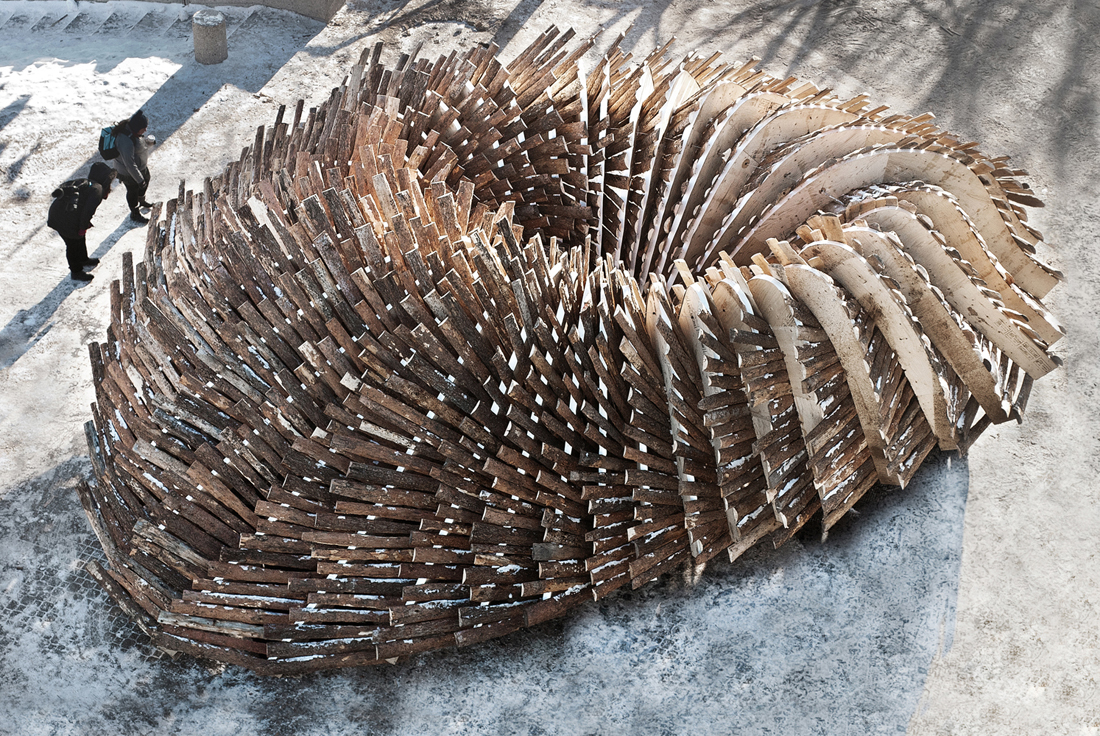
Photo © Rojkind Arquitectos
Hybrid Hut explores the relationship between contemporary technology and local craftsmanship to create a temporary pavilion in Winnipeg
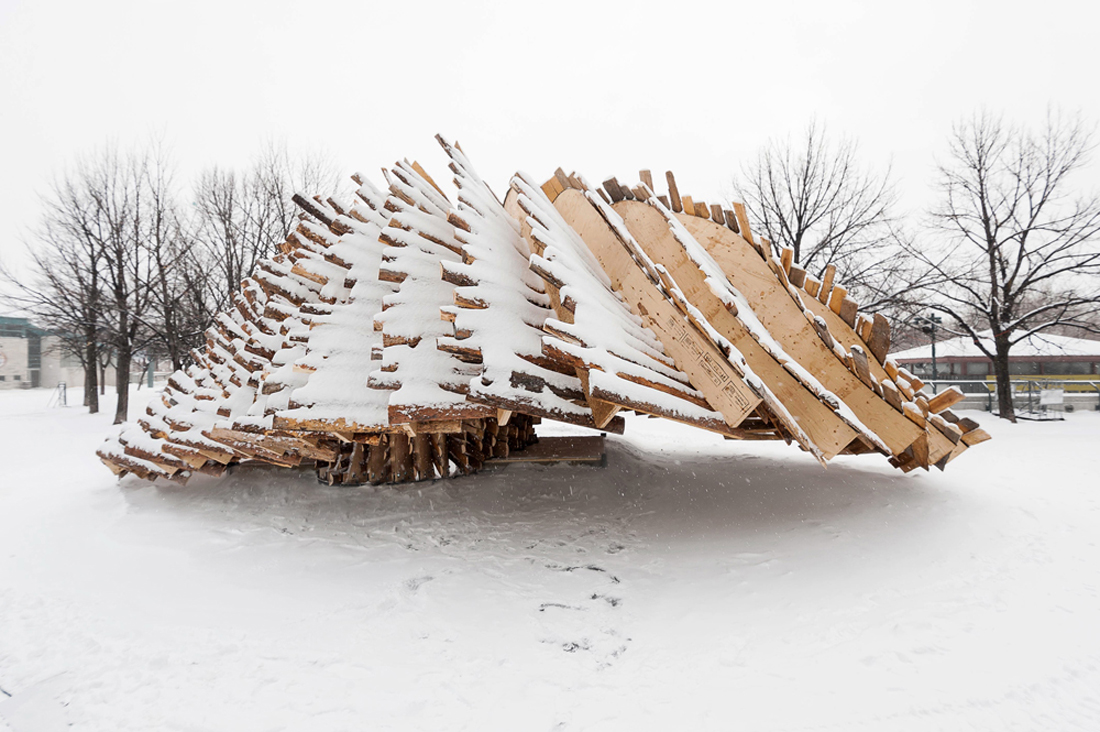
Photo © Rojkind Arquitectos
Salvador Cortéz (Project Manager)
Andrea León (Office Manager)
Alfredo Hernández
Adrián Aguilar
Diego Díaz
Isaac Smeke
Víctor Velázquez
Ditter Vergara
Jorge González
Pablo Herrera
Beatriz Zavala
Arturo Ortíz (Text)
Dinorah Martínez
Lorena García Cordero (Marketing)
Builder
Ron Loeppky
Mark Penner
Michel Rojkind
Gerardo Salinas
Salvador Cortéz
Photography
Rojkind Arquitectos
The evolution of technology in the building industry brings into question the role of artisans in the construction of architecture to the extent that their trades are disappearing. During the design process, we questioned aspects such as: Why use contemporary technology if it’s unable to evolve along with the processes used by artisans and traditional techniques? How can an accomplished craftsman learn a new process through technology? What is the role of the architect that has access to both scopes?
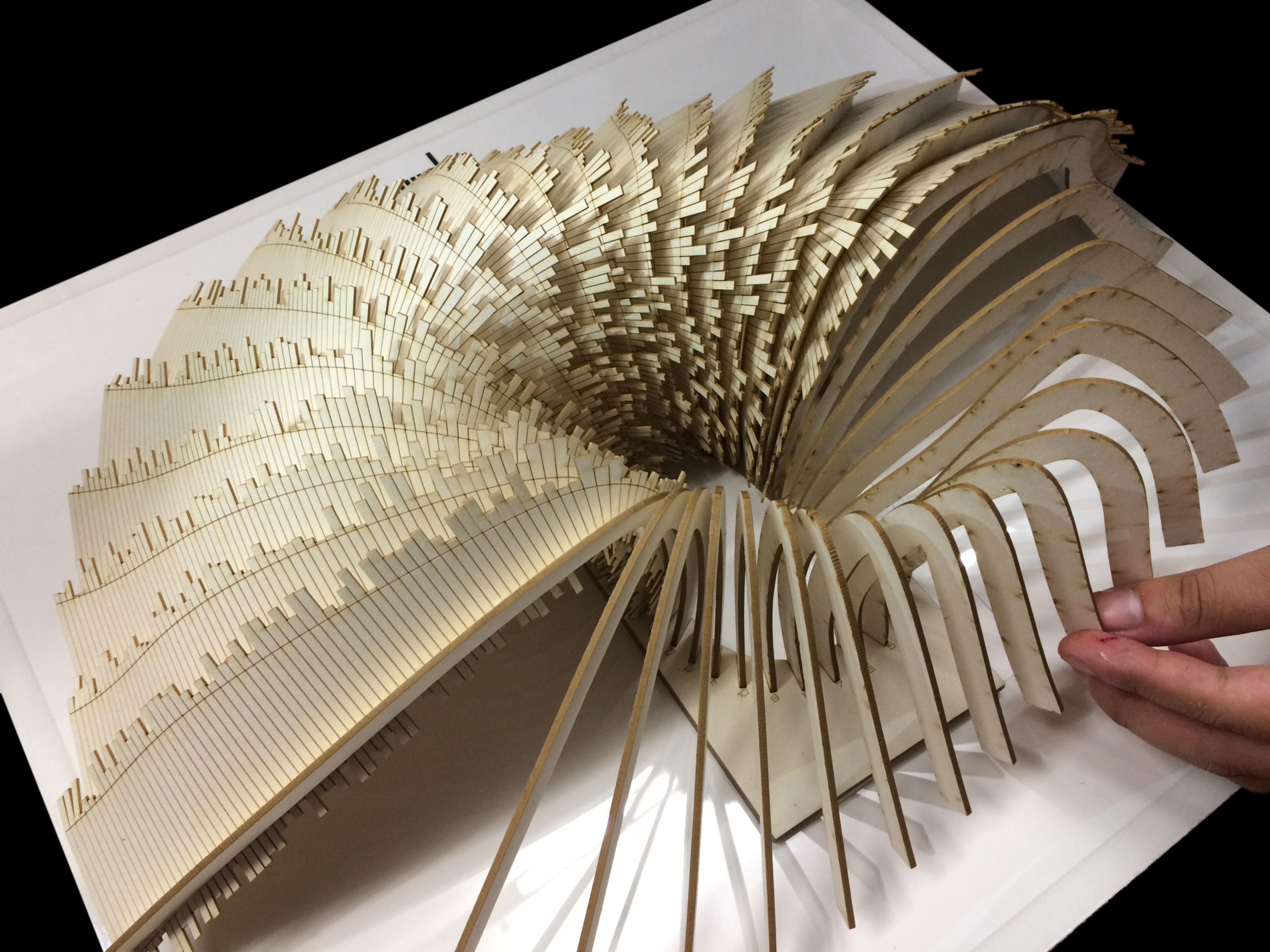
Model © Rojkind Arquitectos
With our constant focus on “digital design and local fabrication,” Rojkind Arquitectos was invited to participate in the Warming Huts annual competition, in which a group of selected designers and architects take action to design proposals for shelters to protect against cold weather during winter season along the Red River in the city of Winnipeg, Canada.
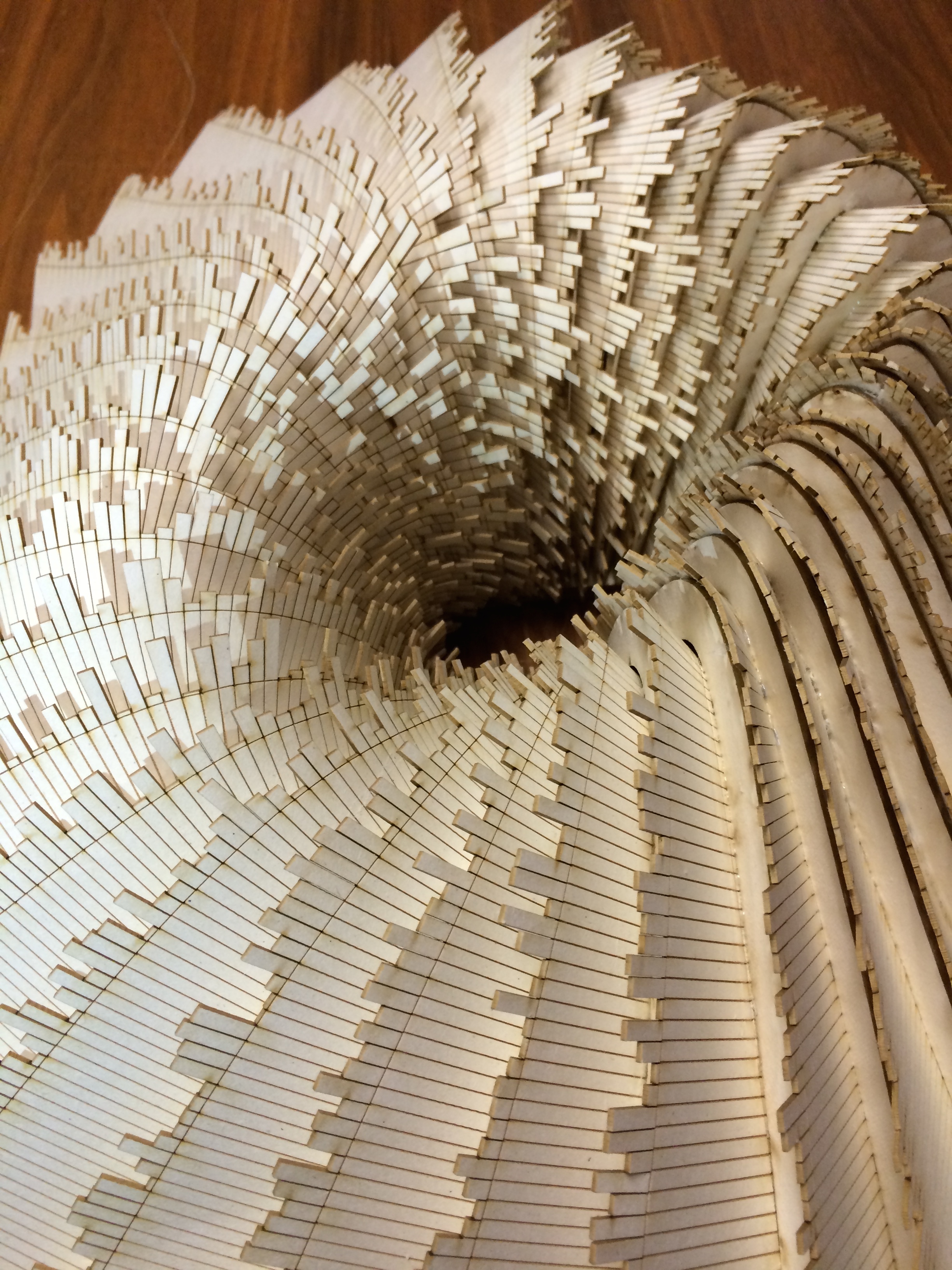
Model © Rojkind Arquitectos
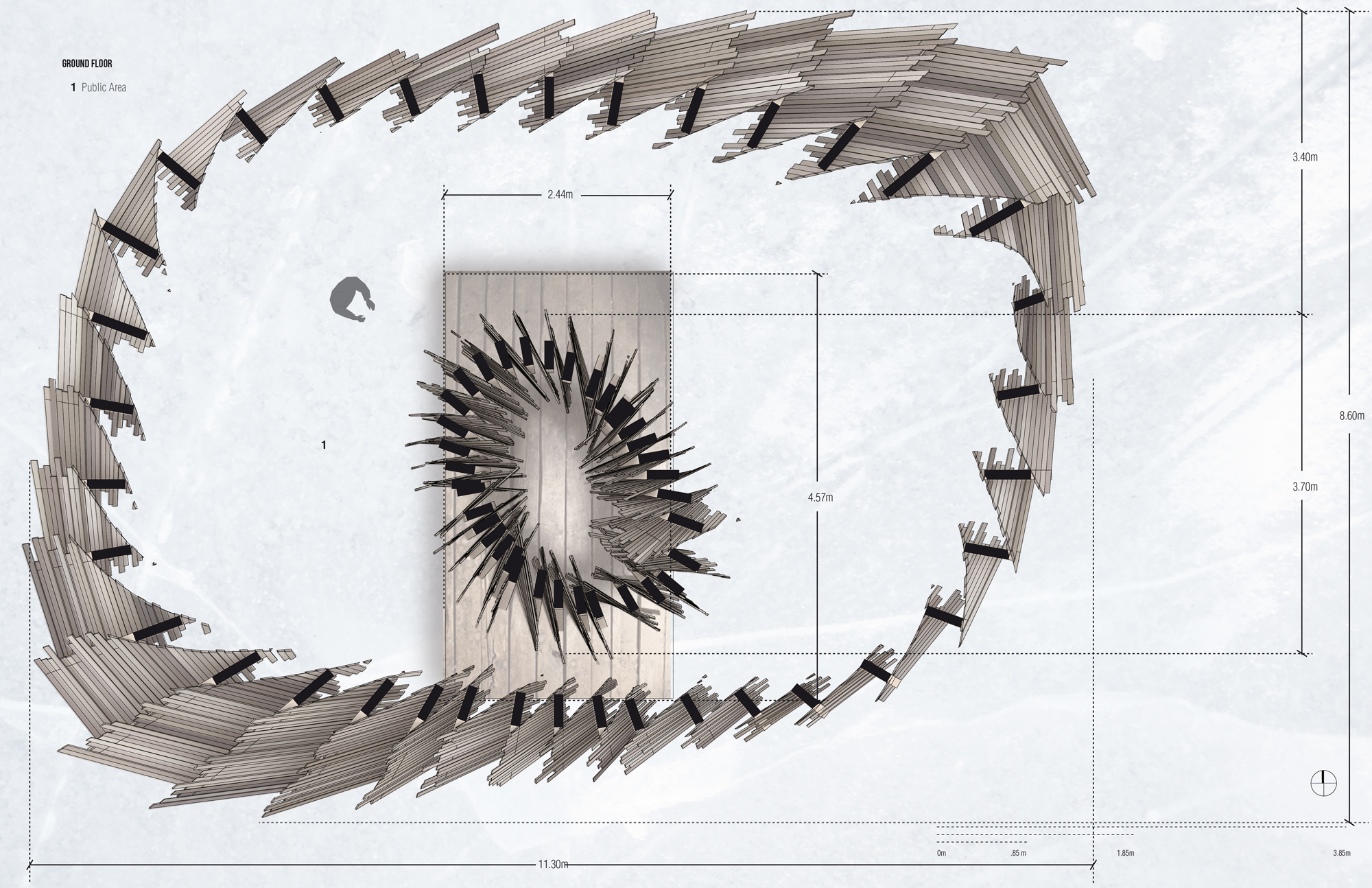
Ground floor plan © Rojkind Arquitectos
Our project: The Hybrid Hut was produced with the help of computer-aided design, understanding the process of laminated wooden beams produced in Canada, analyzing the possibilities of using reclaimed wood along with local craft techniques, and how that process can be transformed by local artisans.
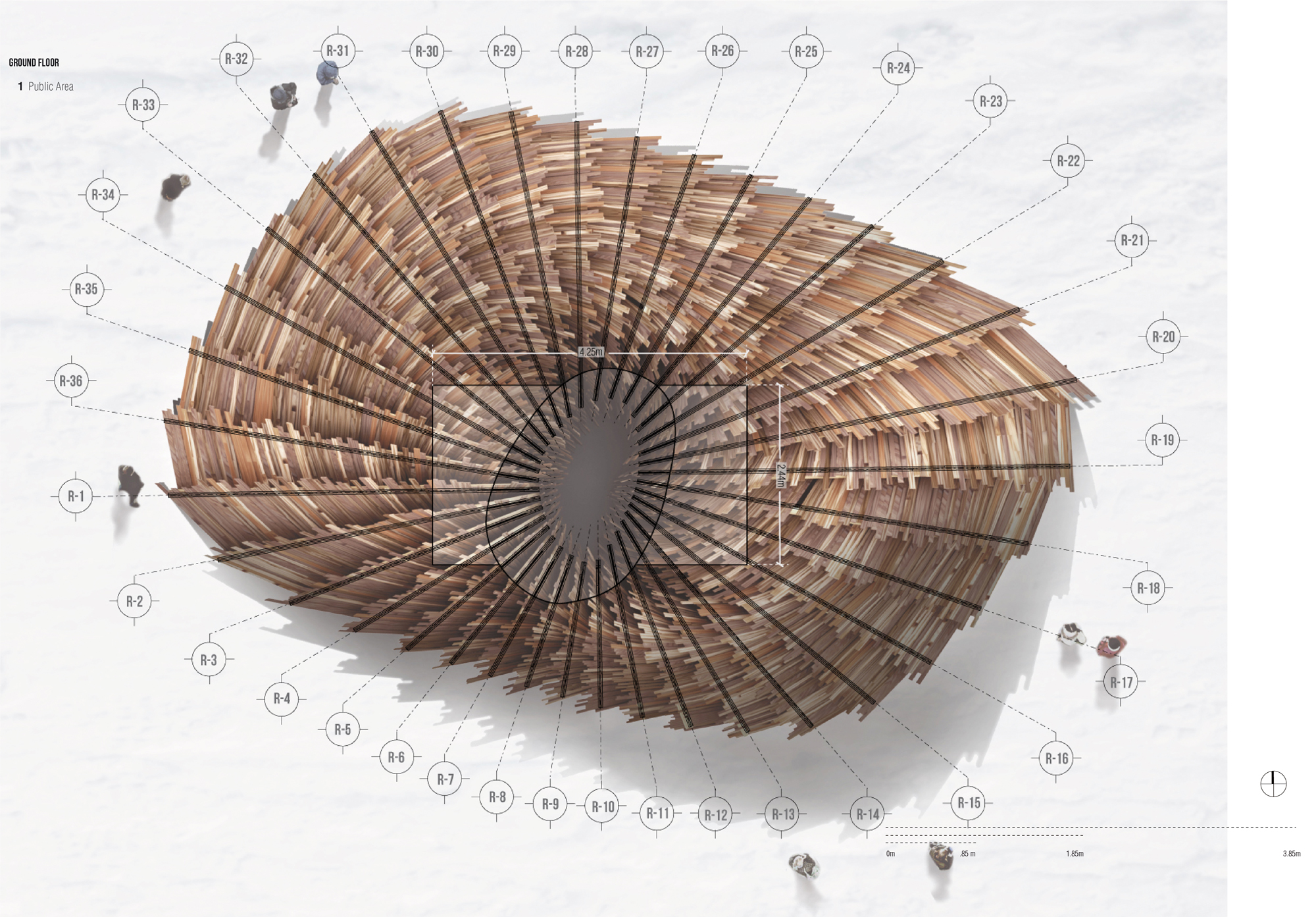
Ground floor plan © Rojkind Arquitectos

Assembly diagram © Rojkind Arquitectos
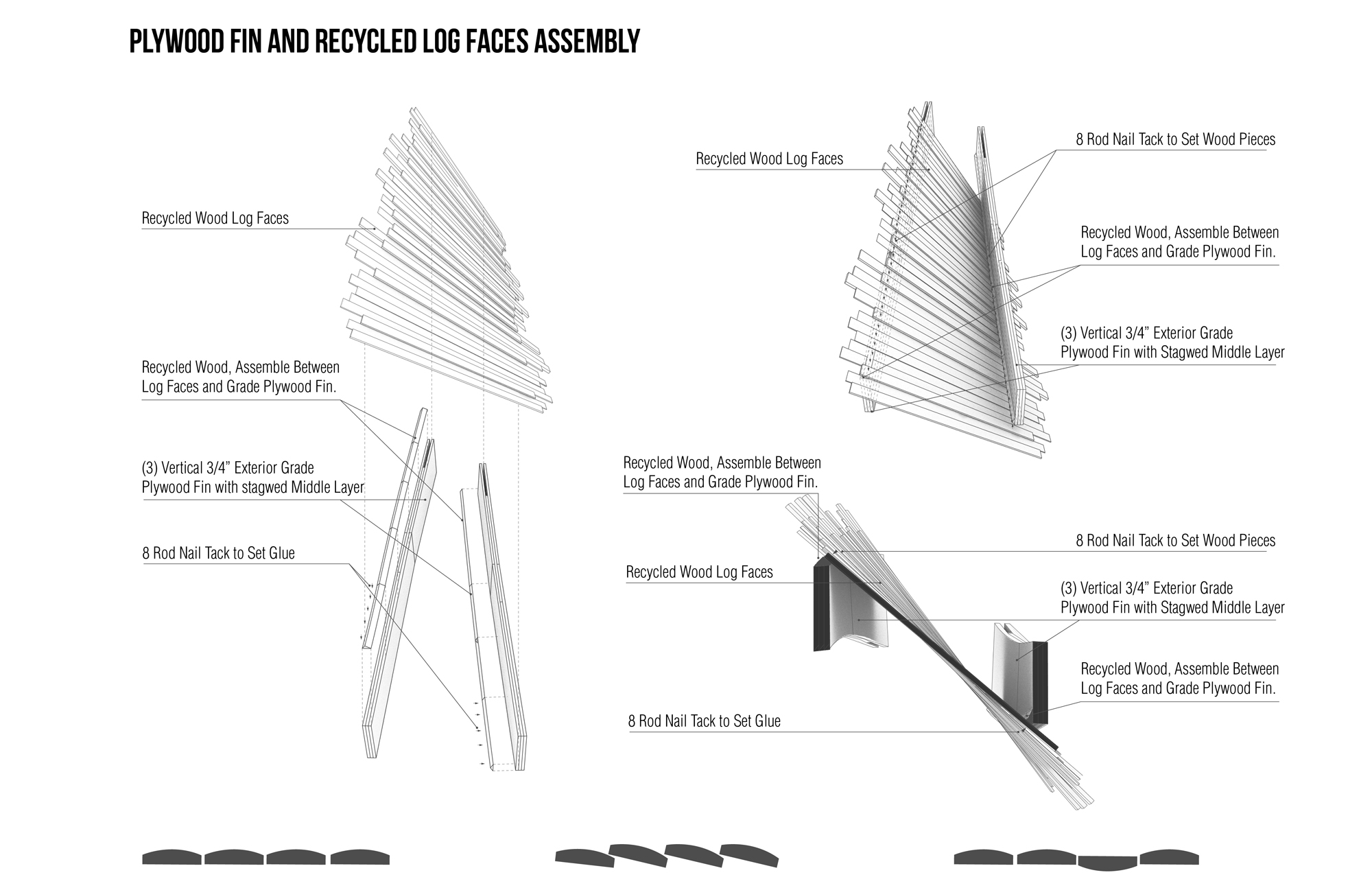
Assembly diagram © Rojkind Arquitectos
Once the digitally designed structure was assembled and put in place we arrived in Winnipeg to build the rest of the pavilion with a local team. Leaving the tree bark on the outside, the Hybrid Hut allows a contrast between the smooth inside and the texturized pieces on the outside.
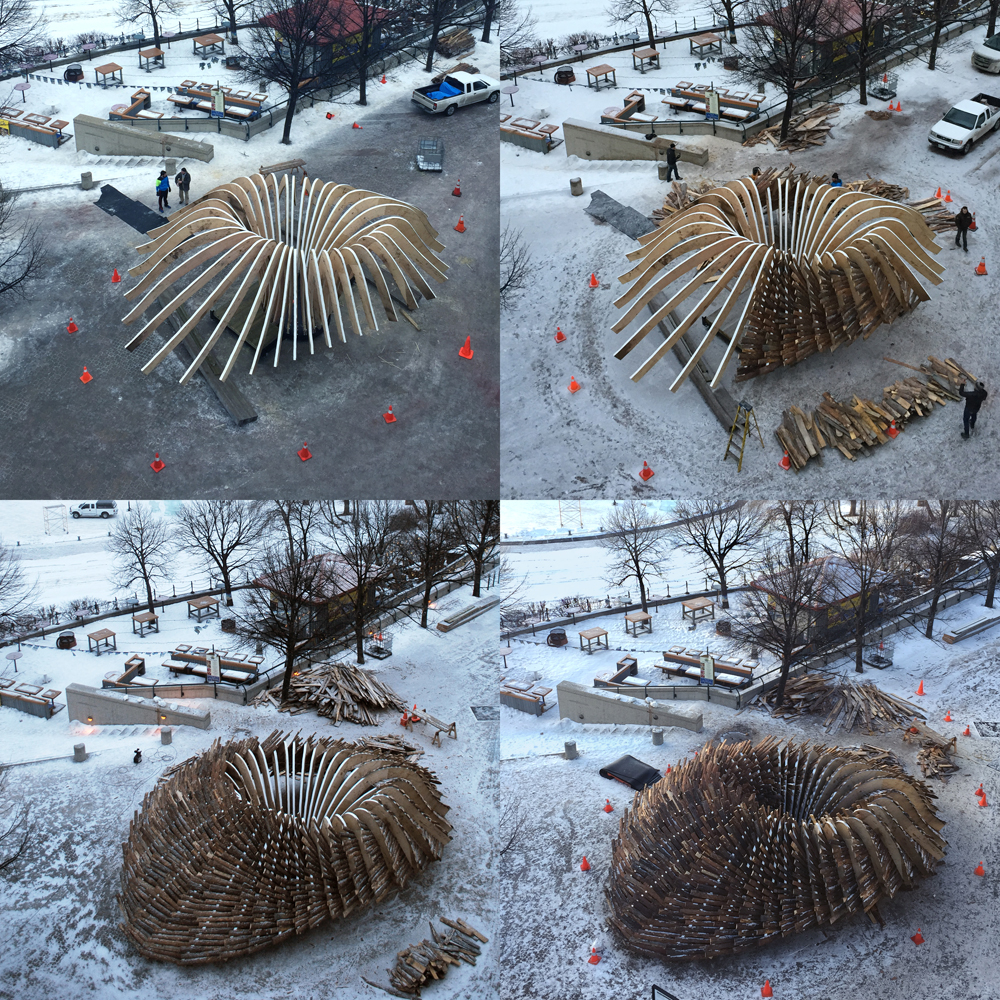
Construction sequence © Rojkind Arquitectos
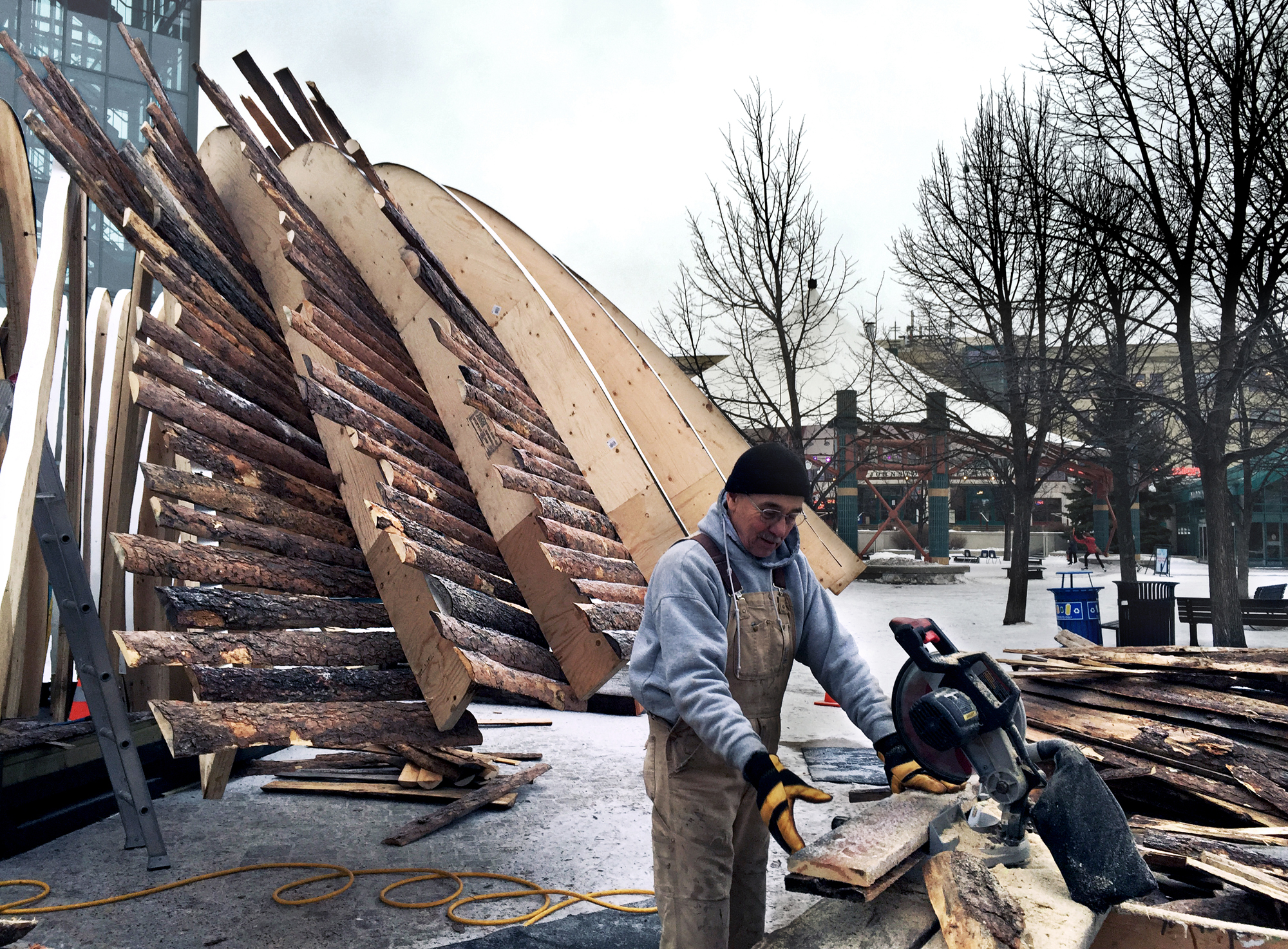
Photo © Rojkind Arquitectos
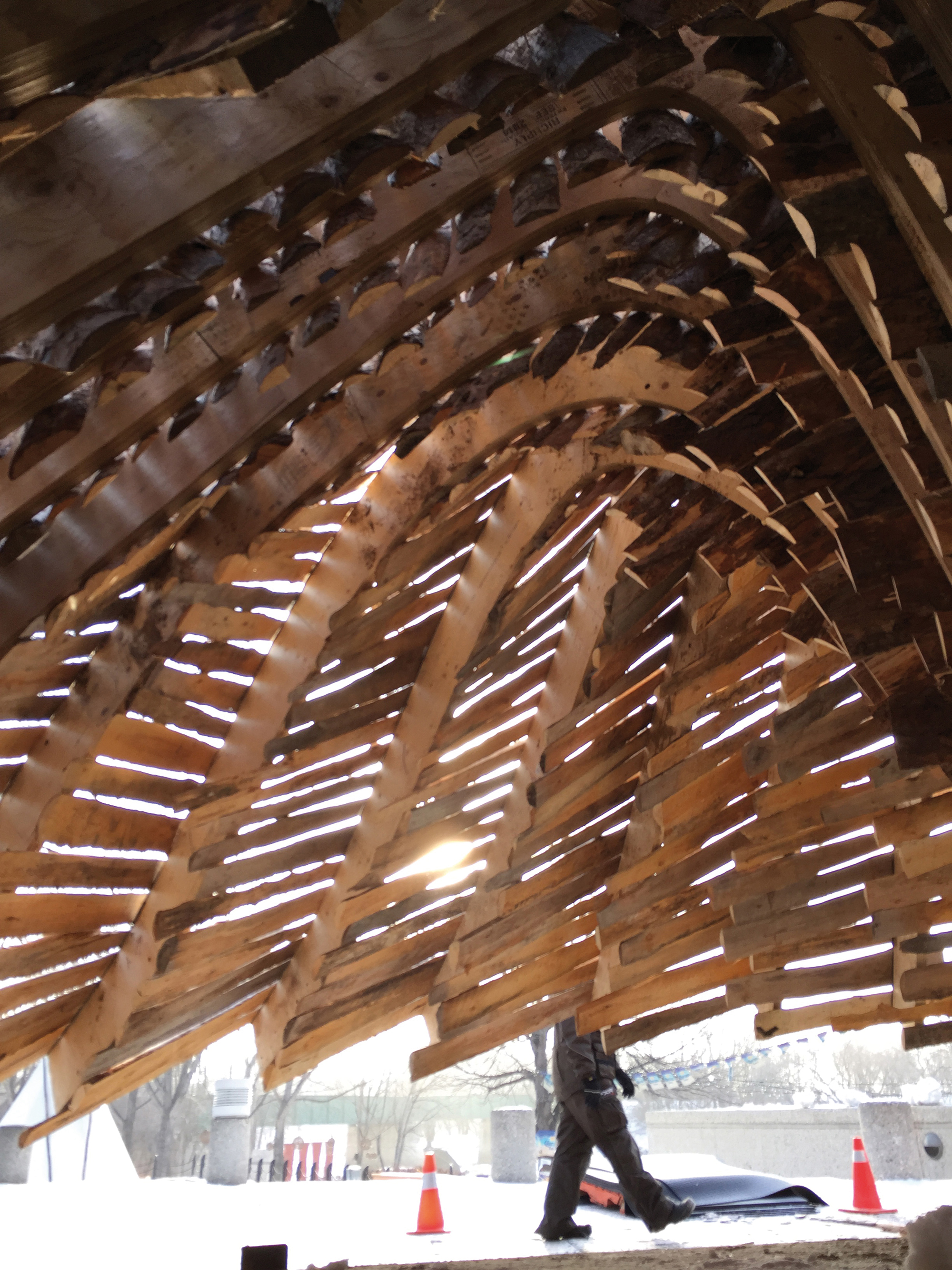
Photo © Rojkind Arquitectos
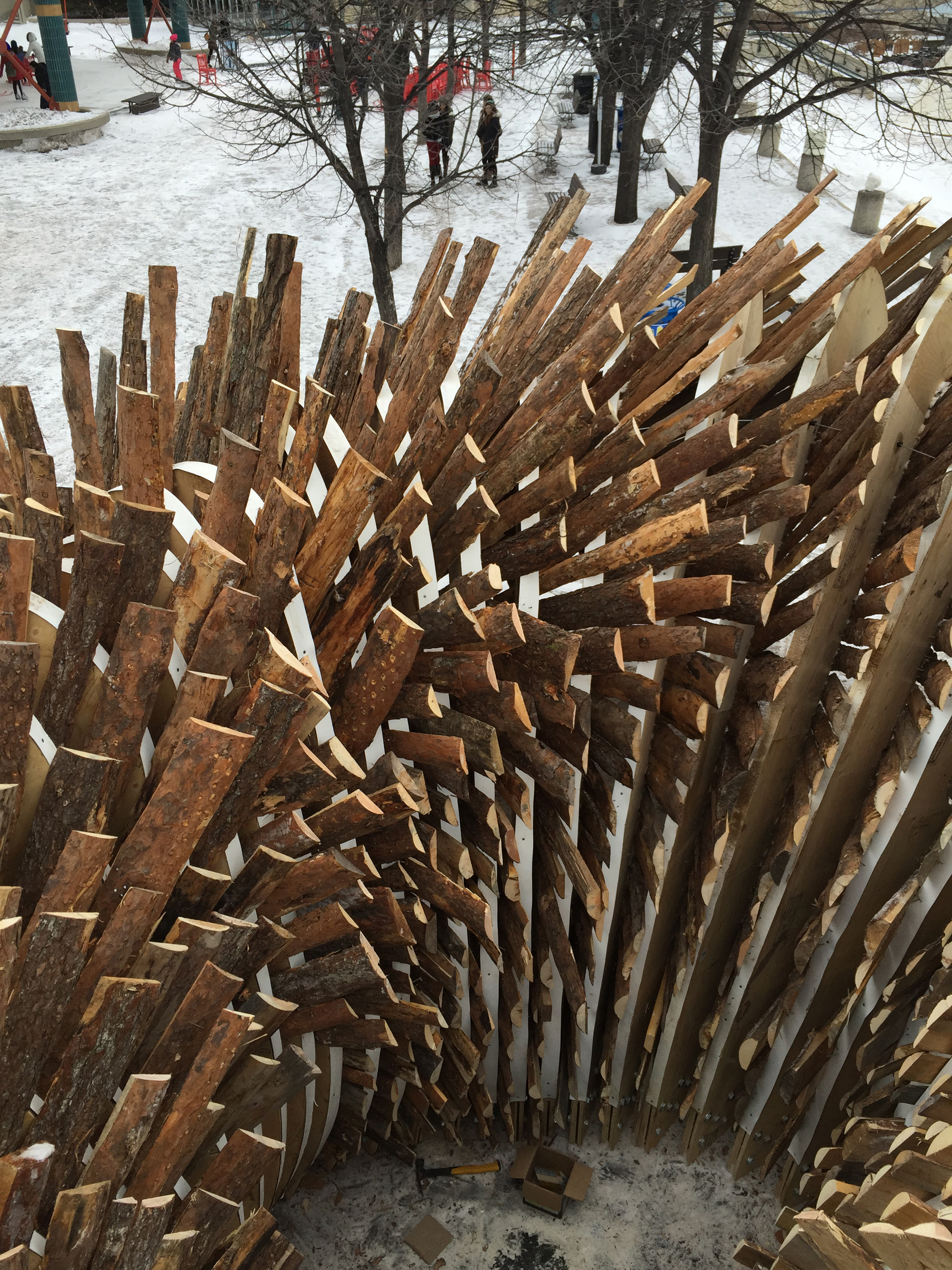
Photo © Rojkind Arquitectos
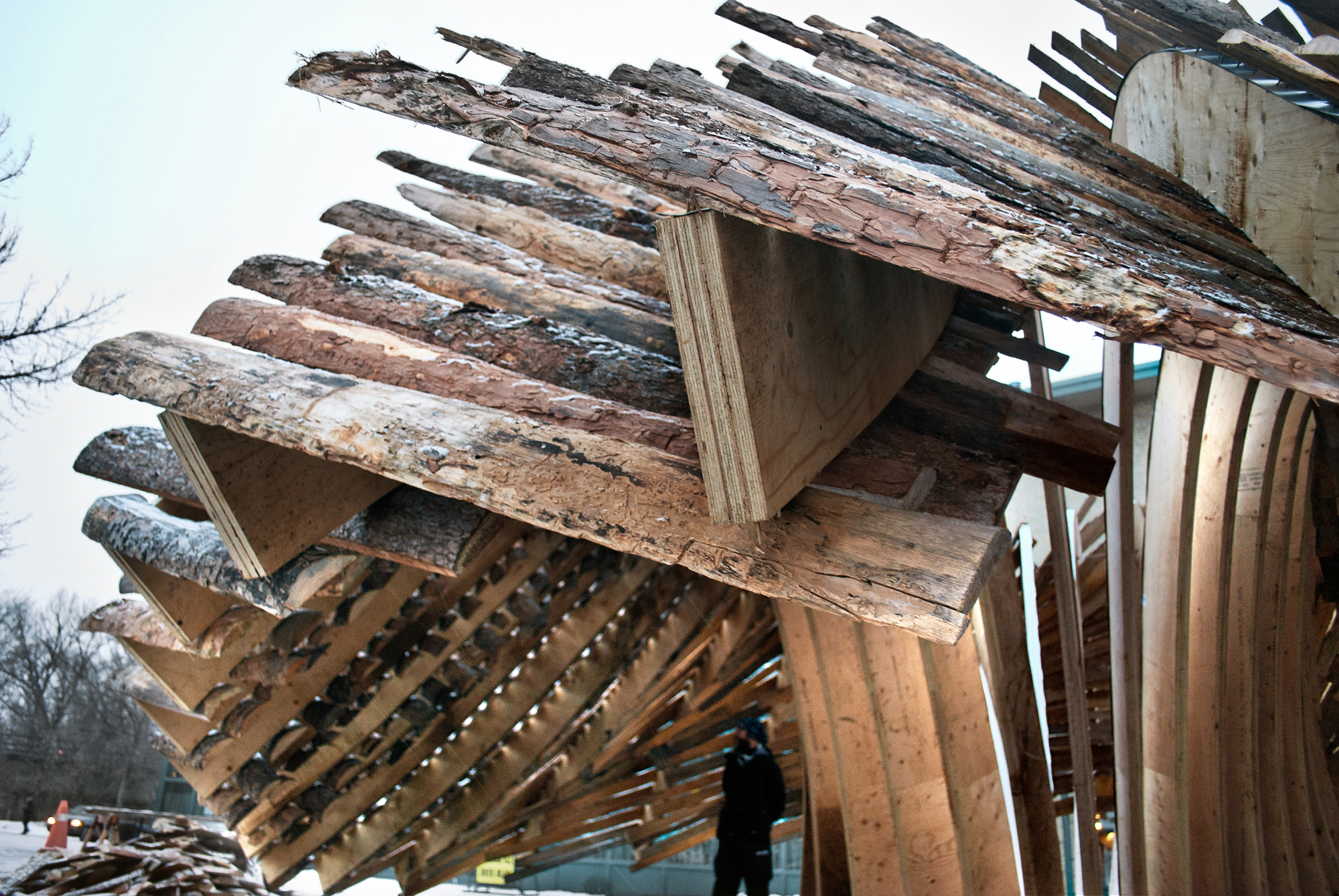
Photo © Rojkind Arquitectos
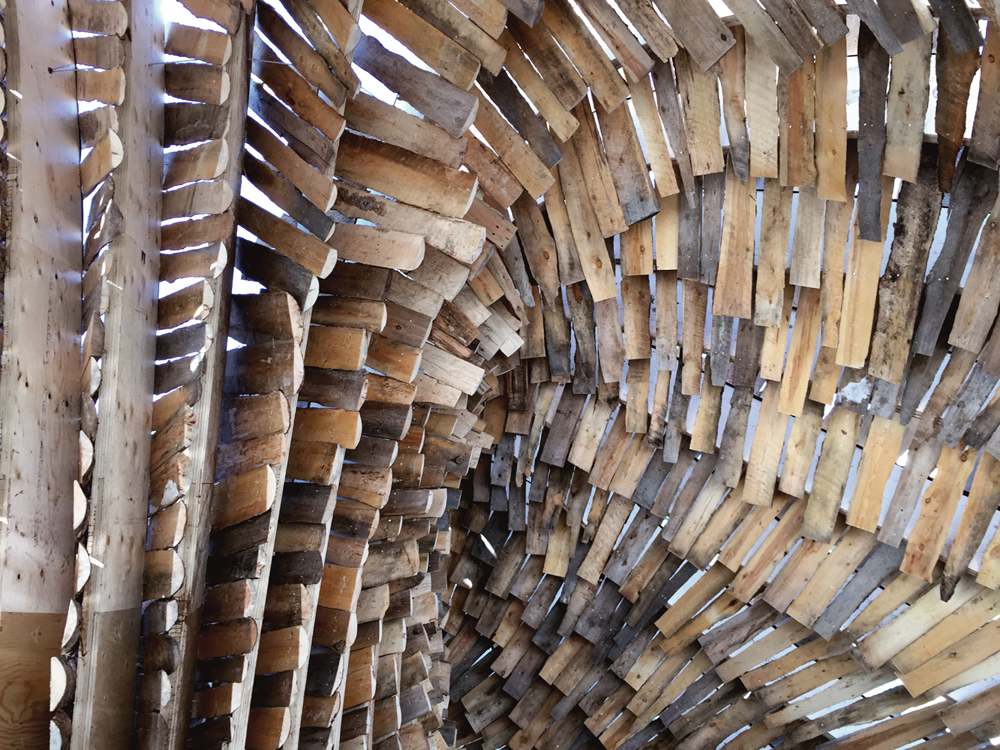
Photo © Rojkind Arquitectos
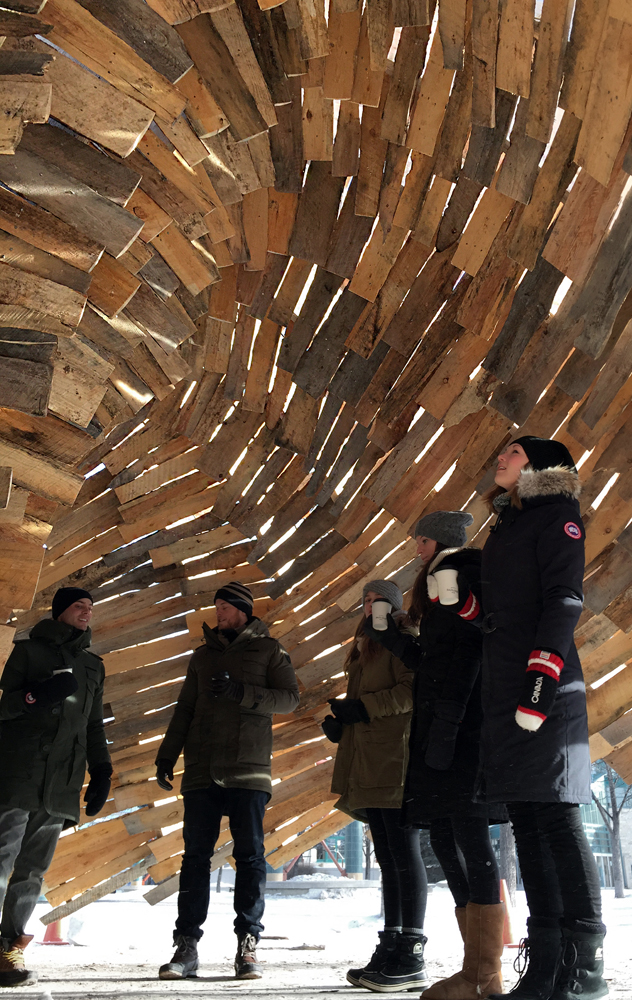
Photo © Rojkind Arquitectos